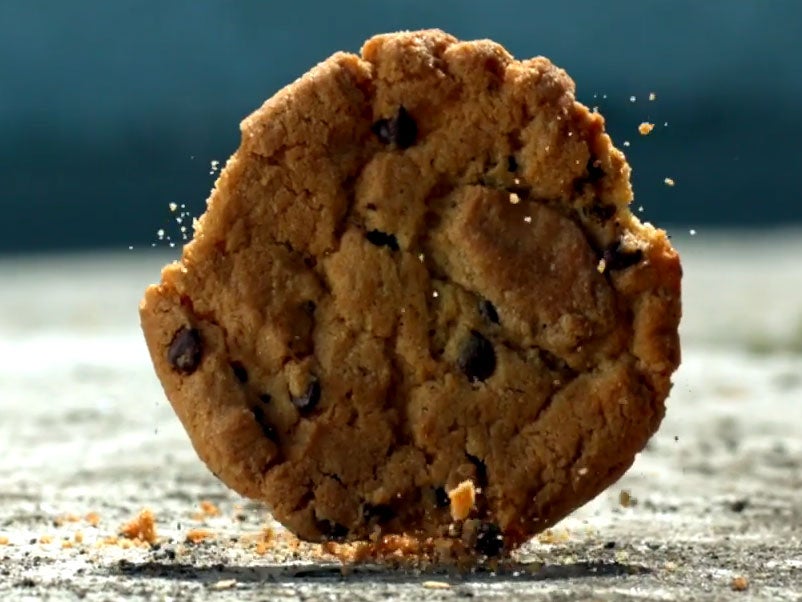The 'five second rule' is real, say NASA engineers
'The five second rule is really the 30 second moisture and surface rule'

The “five second rule” - the urban food myth, ever-justifying your decision to eat a dropped tasty treat – does exist, according to two NASA engineers.
The 87 per cent of people who admitted they would happily eat food after it had fallen on the floor in a 2014 survey, will be pleased to know there is legitimate science behind the rule, although certain conditions do apply.
Speaking on the Science Channel’s The Quick and the Curious NASA engineers, Mark Rober and Mike Meacham, explained the amount of moisture in your food and the surface upon which it is dropped are major factors in how much bacteria it will pick up.
“The ‘five second rule’ is really the '30 second moisture and surface rule',” they say.
“The average bacteria moves along at a speed of 0.00045 miles an hour – 67 times slower than the average garden snail,” says Mr Rober, however, “when any food flops on the floor certain small amounts of bacteria will jump aboard immediately.”
They found moist food left on the floor for longer than thirty seconds after being dropped, collects 10 times more bacteria than food picked up after three seconds.
“E coli, Salmonella and Listeria love wet environments. They absorb water for the nutrients they need to grow and multiply.”
The surface you drop your treat on also has an impact. Rugs were found to transfer fewer germs than surfaces such as linoleum because their woven tufts mean less surface area is touching the food.
A study by students at Birmingham Aston University also found there is a “significant time factor” on the transfer of bacteria from the floor to food, or a five second window to pick it up before it stops being safe to eat. . It also explained bacteria is less likely to transfer from carpeted surfaces.
So, “the five second rule is legit”, the NASA engineers conclude – for the most part at least.
“If you drop that cookie on dry ground," say the engineers, “you should have plenty of time”.
Join our commenting forum
Join thought-provoking conversations, follow other Independent readers and see their replies
Comments